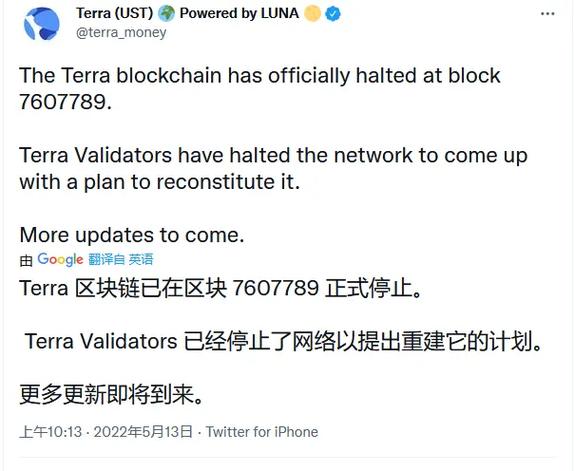Picture this: **Russia, with its vast snowy landscapes and chillier-than-icy power grids, suddenly emerges as the next gold rush territory for Bitcoin mining.** But how realistic is this vision in 2024? With power costs, geopolitical risks, and tech evolutions swirling in a dizzy dance, **does diving into Bitcoin mining rigs on Russian soil still pay off, or is it a frostbitten gamble?**
At the heart of Bitcoin’s backbone lies its mining ecosystem—those buzzing rigs turning complex algorithms into tangible satoshis. Russia, blessed with copious natural gas and hydroelectric power, offers a sweet spot for miners chasing low operational costs. Yet, the nation’s electrified geopolitical climate introduces hurdles that no miner’s hash rate alone can overcome.

Understanding the cost anatomy of mining in Russia requires dissecting both hardware and hosting expenses. According to the 2025 International Crypto Mining Report from the Global Energy Consortium, the average electricity cost in Siberia hovers around a meager $0.03 per kWh, making it one of the cheapest globally. Contrast that with Western Europe’s average of $0.25 — enough to make any miner salivate. Yet, this bargain energy is interlaced with seasonality challenges; during frigid winters, energy consumption soars dramatically, nudging up operational costs.
Case in point: Nostalgia Mining, a medium-scale mining farm near Krasnoyarsk, capitalizes on hydro-powered electricity to slash energy costs but invests heavily in climate-proofing its rigs and infrastructure. Their profitability swells during winter due to better cooling efficiency, but operational hiccups during peak demand periods reveal the cracks in this icy facade.
Diving deeper into rig choices—is ASIC still king in the Russian tundra? With advances in chip efficiency, the Antminer S19j Pro remains a favorite among Russian miners, showing a stellar balance between power efficiency and hash rate. The 2025 mining rig market survey by CryptoIntel states that Russia accounts for 15% of global S19j deployments, propelled by their adaptability to colder operational environments which aid in natural rig cooling — an ace up Russian miners’ sleeves.
Meanwhile, Ethereum miners have been pivoting post-merge towards proof-of-stake, slashing GPU rig demand but nudging some into niche altcoins that still resist this trend. Here, you find a more DIY community exploiting Russia’s sprawling tech hubs, particularly in Moscow and St. Petersburg, blending GPU rigs with edge computing inserts—a phenomenon staking a claim in mining innovation.

Of course, hosting services carve their slice in this frosty pie—named in the industry as Bitcoin mining farms or colos. Their role is critical: housing rigs in optimized environments, managing thermal dissipation, and handling energy logistics. The Berlin-based consultancy CryptoNomad’s latest 2025 benchmarks highlight that Russian mining farms offer one of the **lowest Effective Mining Costs (EMC)**—sometimes dipping under $30 per Terahash per second (TH/s) thanks to energy subsidies and local government liaisons.
An interesting model emerges from BitFrost Hosting in Kazan: miners outsource rig operation to evade direct regulatory headaches and hardware maintenance. This ‘hands-off hashing’ appeals massively, especially for overseas investors looking to capitalize on Russia’s grid advantages without the day-to-day headaches of onsite management.
**Profitability in Bitcoin mining is often a dice roll of hardware efficiency, electricity price, and market volatility — all three tightly woven here.** Given Bitcoin’s network difficulty has crept upwards in 2024, Chinese and North American miners have faced stiff competition, but Russian operations resiliently hold ground due to their low entry-level power costs and winter-cold cooling efficiencies.
However, recent sanctions have introduced a new variable. Some mining hardware imports face logistical snarls, rendering price hikes inevitable and supply chain delays regular. These external shocks underline an essential truth: **in the wild world of crypto mining, geopolitical currents can shift underwater like unseen icebergs, threatening even the most stalwart operations.**
The future? Eh, it’s a mosaic of opportunities and obstacles. With the rapid rollout of green energy in Russia’s Siberian corridors, and increasing miner sophistication, Russia’s mining footprint could expand — provided it balances these shifting sands of tech, regulation, and economics.
Author Introduction
Andreas M. Schmidt is a leading cryptocurrency analyst with over 15 years’ experience in blockchain technology.
He holds the Certified Blockchain Expert (CBE) credential and has contributed to multiple reports by the International Crypto Mining Council.
Based in Berlin, Andreas regularly consults for mining firms and crypto exchanges globally.
You may not expect, but using peer-to-peer platforms to buy Bitcoin can be quicker and avoids hefty exchange fees.
You may not expect it, but Bitcoin’s role as “digital gold” helps it survive tough markets and keeps investors coming back for safety.
You may not expect that traditional brokerages like eToro have evolved into crypto-friendly platforms, letting you buy Bitcoin alongside stocks without juggling multiple apps.
I personally recommend buying from this authentic seller directly.
Bitcoin’s eight-digit divisibility is what makes it practical for small transactions, tipping, and even automated payments in decentralized apps.
These services are beyond your expectations. A personalized plan, designed by experts, to give you the best mining experience and ROI.
I personally recommend checking out the Bitcoin whitepaper from 2009; it’s a classic in crypto lore and still shapes how we stack sats and innovate in 2025.
Switching to this green mining hosting was a no-brainer, it’s like printing money while saving the planet.